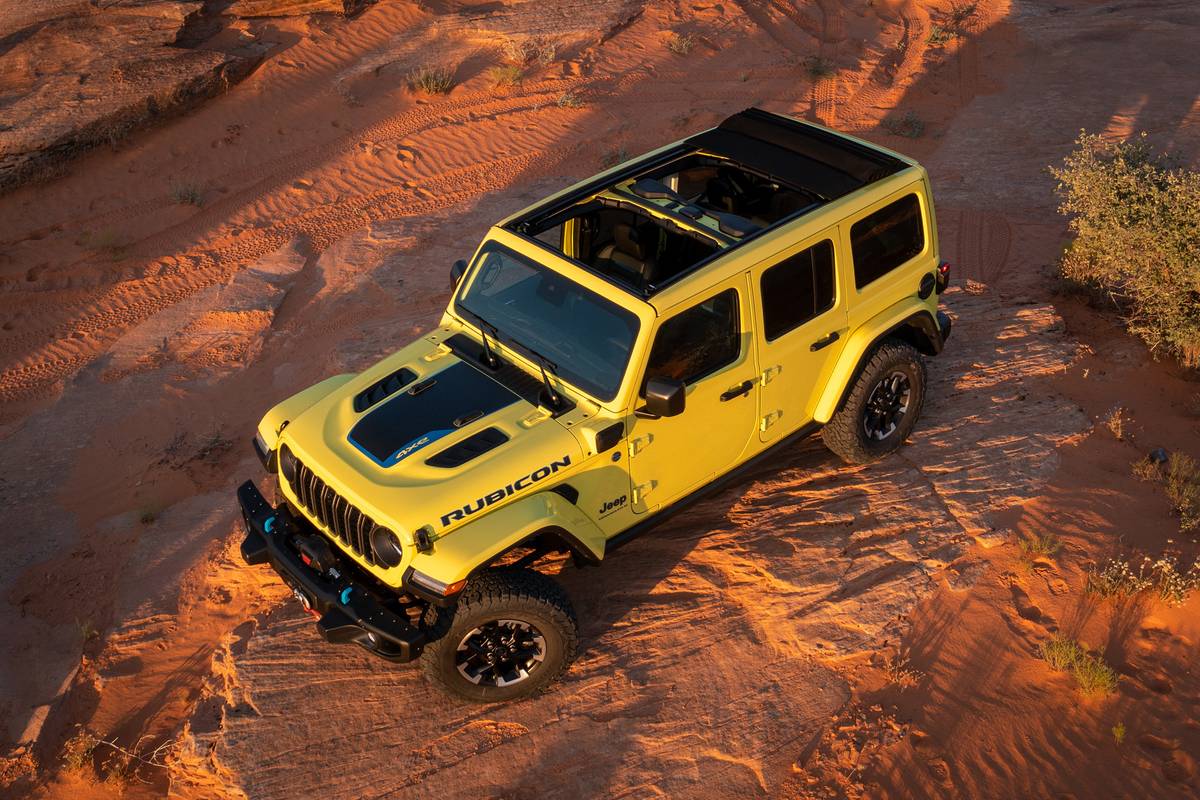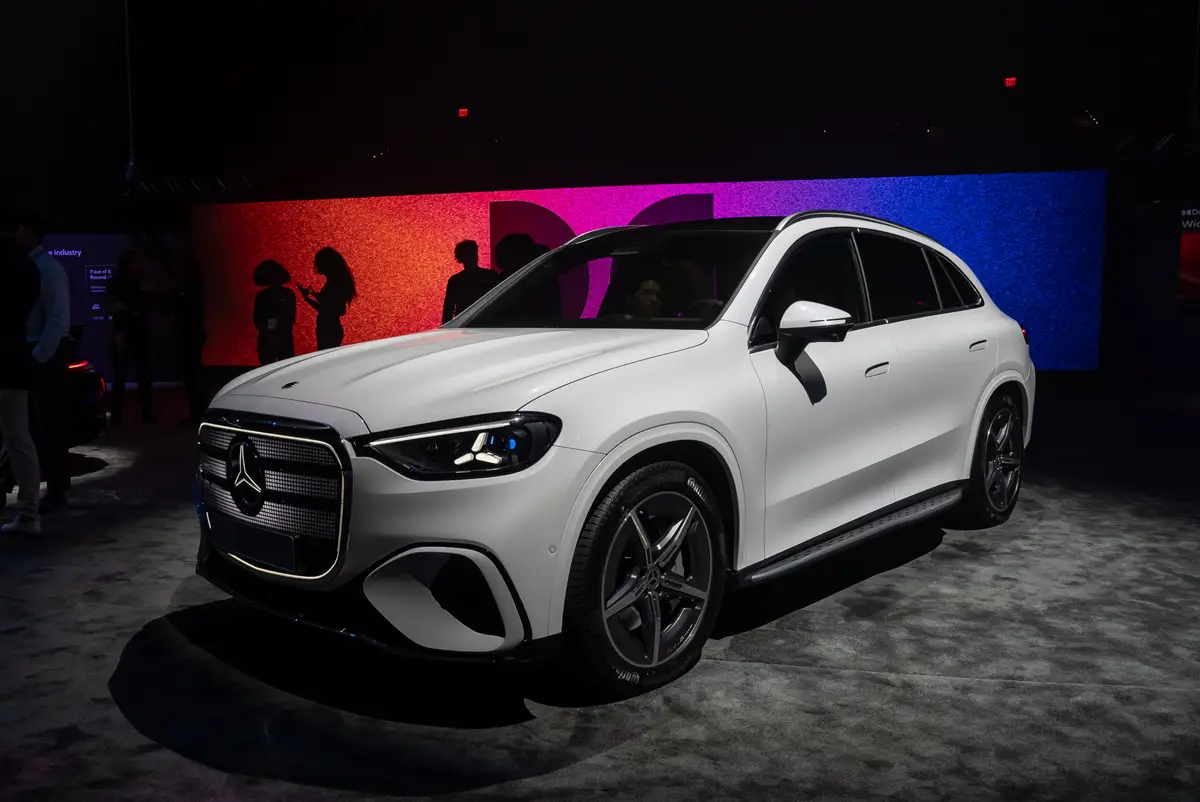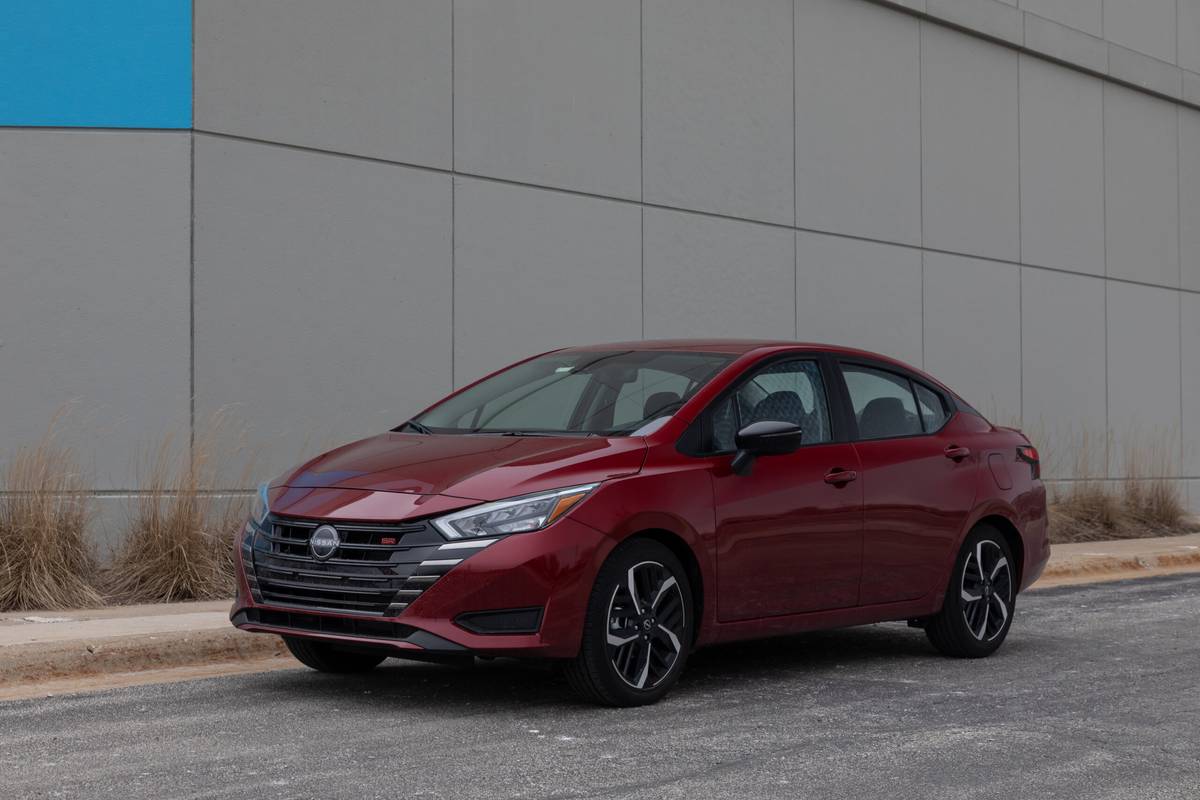Star-Telegram.com's view
Some who have driven the all-new Chevrolet Cobalt have insulted it by calling it a “Cavalier with satellite radio.” Ouch!
If General Motors couldn’t do any better than update the long-running Cavalier small-car line with XM radio, the company shouldn’t have bothered to with the Cobalt. But after a week in the midlevel Cobalt LS sedan, and then driving my wife’s own 1997 Cavalier coupe right after, I can tell you the Cobalt is a massive improvement over the Cavalier line that it replaces.
OK, maybe it’s no Audi A4 or Volkswagen Jetta, even, but I believe it’s going to be a big player in the market against its primary Japanese competitors – the compact segment-leading Toyota Corolla and Honda Civic. And it’s certainly a better buy than the competing Ford Focus or Dodge Neon.
Built on GM’s new global Delta chassis architecture, which also is the basis for the similarly sized Saturn Ion, the Cobalt is a credible product for Chevy in the important entry-level compact sedan and coupe class.
Our car came with the standard 2.2-liter Ecotec engine rated at 140 horsepower and 150 foot-pounds of torque, which was plenty of power for a car of this size. Initial acceleration was more than adequate, and freeway merges were no problem. A new 205-horsepower 2.0-liter supercharged engine is standard in the SS (SuperSport) coupe.
Transmissions available with the 2.2-liter engine are a Getrag five-speed manual and a Hydra-Matic 4T45-E four-speed automatic, an $850 option that was included on our test car. The shifter is mounted on the floor. The supercharged model has a separate five-speed manual gearbox.
And while I found this to be a more-than-adequate entry-level sedan, with the uplevel LS and LT models and SS coupe GM is going after not only first-time car buyers who want economy in both initial purchase and in operation of the vehicle, but also budget-minded auto enthusiasts – mostly young single men – who want some performance in their little cars.
For those people, who love to buy and “tune” their Honda Civics and such to their own desires, Chevy will offer the Cobalt SS coupe with the supercharged Ecotec four-cylinder engine, and lots of “tuner car” equipment – the kind of stuff that until recently has been mostly provided by aftermarket parts makers.
When you consider that the Cavalier, which was introduced in 1982 and was last redesigned in 1997, has been Chevy’s best-selling car and one of the nation’s Top 10 best-sellers for most of its life, then it’s hard to imagine the Cobalt not being even more of a hit for GM, as good as it is.
Probably the biggest surprises for me were the very well-executed interior design and the extremely quiet cabin at highway speeds. I actually got out of the Cobalt and into the ’97 Cavalier within minutes of each other, and where a conversation could be conducted at whisper level in the Cobalt, I had to nearly shout in the Cavalier at highway speed.
While the ride wasn’t exactly Cadillac-like, it was much better than that of the Cavalier. But it might be a little unfair to complain about the ride of my wife’s car, since it is eight years old and has 150,000 miles on it. Now, don’t get me wrong here – I’m not really complaining about the Cavalier; in fact, the one in my family has been going strong without a breakdown or serious problem since my wife bought it new, so it has been a very good car even by Toyota or Honda standards.
It just doesn’t have the pizzazz of the new Cobalt, particularly the uplevel LS model I tested. With a base price of $15,920 (plus $565 freight), the car came with a lot of standard equipment, including antilock brakes, power windows/mirrors/door locks with keyless entry, cruise control, electric rear defogger, AM/FM/compact-disc audio system, driver information center, and battery-rundown protection.
And for just $595 more, it came with the sport package that added leather-wrapped shifter and steering wheel, white-faced sport gauges, sport front fascia with fog lights, rear spoiler, 16-inch aluminum wheels, and a chrome exhaust tip. Our car also got heated leather bucket seats up front, a $695 add-on. Other extras included side-curtain air bags ($395), XM satellite radio ($325 plus monthly subscription), and an upgraded Pioneer audio system with MP3 compact-disc player ($150).
Total sticker on our very well-equipped tester was $20,190, including freight. The leather buckets were quite comfortable, and the high roofline of these cars gave me great headroom. The seatbelt had plenty of length to go around my considerable girth, and all controls were within easy reach. The only possible miscue I spotted was the positioning of the handbrake handle between the front seats. It was so far back that with the middle armrest lowered into place, I couldn’t reach the handle to release the brake. This is just a minor annoyance, however.
I really liked the big 140-mph speedometer and tachometer, mounted side by side, with their chrome trim rings. The satin-metallic plastic of the center dash stack is elegant and modern-looking, even if it is plastic. It’s not cheesy and cheap looking like the dash in the Cavalier and so many other recent GM products. The rest of the interior was very nice as well, with no gaps or ragged edges anywhere. The car looks more like a premium model than an affordable compact.
The sedan has a higher seating position than that of cars such as the Cavalier, to give occupants a “more commanding view,” GM said.
Outside, the styling is not quite striking, but it’s not as bland as the Cavalier’s exterior, either. The high trunk is more stylish than that of the Cavalier, and there is lots of room inside for luggage and stuff. The rear seatback is a 60/40 split arrangement that allows for increasing cargo space from the trunk by giving up seating space. The trunk opening is rather small overall, so it will be difficult to load large objects. But it has a low liftover height for easy loading of groceries, luggage, and so forth.
The rear seat can be a bit crowded with the front seats pushed back on their tracks, but no more so than most other cars in this class. Three adults can sit back there, but might not want to for a long trip. Two can get comfortable, however.
Cobalt sedans come in base, LS and LT trims, while coupe models are offered in base, LS and SS trims.
All Cobalt models have body-color moldings and door handles, as well as jewel-like headlights and taillights. Several wheel options are offered, including standard 15-inch wheels and available 16-, 17-, and 18-inch wheels, all with unique designs.
Other available options include a power sunroof.
Front disc brakes and composite drum rear brakes are standard, with antilock brakes standard on LS, LT and SS models. Four-wheel disc brakes with ABS are featured on all SS models. Also available is electronic traction control, unusual for a car in this economy class.
EPA fuel-economy ratings are 24 miles per gallon city and 32 highway. The tank holds 13.2 gallons of gasoline, and unleaded regular is recommended.
G. Chambers Williams III is staff automotive columnist for the San Antonio Express-News and former transportation writer for the Star-Telegram. His automotive columns have appeared regularly in the Star-Telegram since 1995. Contact him at (210) 250-3236; chambers@star-telegram.com.
At a Glance 2005 Chevrolet Cobalt
The package: Compact, four-door, five-passenger, four-cylinder, front-wheel-drive coupe or sedan. Highlights: All new for 2005, this is the replacement for the long-running Cavalier, and is built on the same chassis as the Saturn Ion. The uplevel SuperSport (SS) coupe gets a supercharger. Negatives: No uplevel engine option for sedans. Length: 180.5 inches. Curb weight: 2,869-2,989 pounds. Engine: 2.2-liter/supercharged 2.0-liter inline four-cylinder. Power/torque: 140 hp./150 foot-pounds (2.2-liter); 205 hp./200 foot-pounds (2.0-liter). Transmission: Four-speed automatic, 5-speed manual. Cargo capacity: 13.9 cubic feet (expandable with rear seat folded). Brakes, front/rear: Disc/drum (disc/disc, SS), antilock optional. Fuel capacity/type: 13.2 gallons/unleaded regular. EPA fuel economy: 23-25 miles per gallon city/29-34 highway. Major competitors: Honda Civic, Toyota Corolla, Nissan Sentra, Mitsubishi Lancer, Mazda3, Dodge Neon, Ford Focus, Suzuki Forenza, Hyundai Elantra, Kia Spectra, Saturn Ion, Subaru Impreza, Volkswagen Jetta. Base price range: $13,625-$21,430 plus $565 freight. Price as tested: $$20,190 including freight (LS sedan with automatic transmission, leather front seats, and other options). On the Road rating: **** (four stars out of five). Prices shown are manufacturer’s suggested retail; actual selling price may vary according to manufacturer and/or dealer rebates, discounts and incentives, if any.
Latest news



